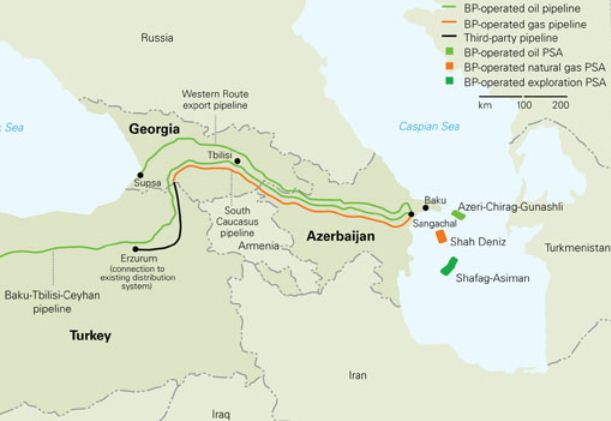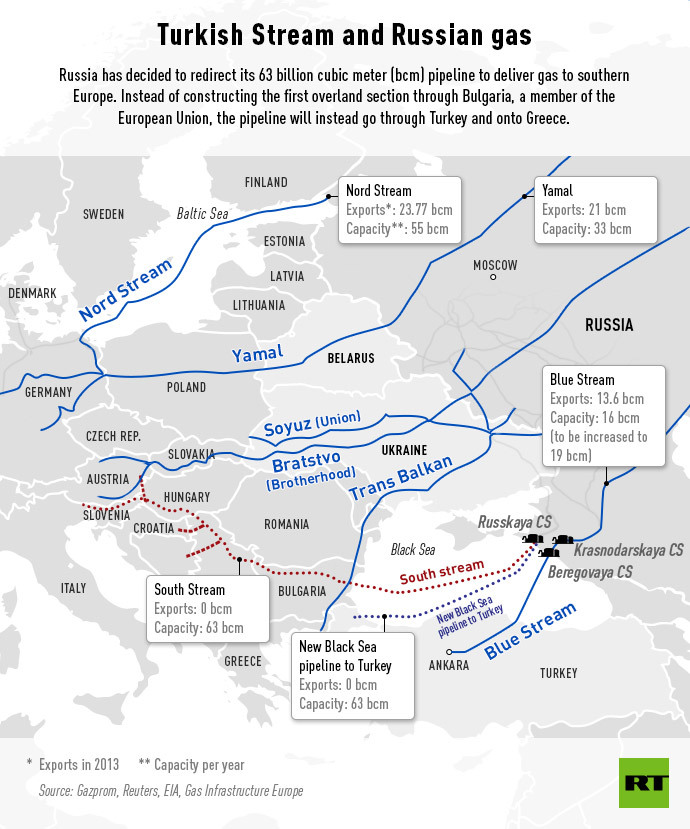Southern Gas Corridor, response to EU energy security challenges
 The Southern Gas Corridor should be steered at the highest political level in Europe and Belgium, in addition to Azerbaijan.
The Southern Gas Corridor should be steered at the highest political level in Europe and Belgium, in addition to Azerbaijan.
Marc Verwilghen, the former Belgian energy minister and director at the TEAS Brussels Office, made the remark at the Azerbaijan–Belgium: Co-operation in Energy and Beyond international conference – jointly organized by leading Belgian energy infrastructure specialist Fluxys and The European Azerbaijan Society.
More than 120 specially invited diplomats, ministers, Belgian politicians and businesspeople attended the event held on March 10, according to the TEAS.
“The creation of a pipeline system carrying Azerbaijani hydrocarbon resources to Europe, via Turkey, began a decade ago, breaking the Russian monopoly over the exporting of Caspian energy resources and providing Europe with an important source of diversification,” said Verwilghen further noting that the importance of this strategy cannot be underestimated.
Addressing the event, Natig Aliyev, the Azerbaijani energy minister stressed that such successful EU–Azerbaijani energy projects as the Baku–Tbilisi–Ceyhan oil and Baku–Tbilisi– Erzurum gas pipelines have already demonstrated the role of Azerbaijan in ensuring energy security
“The joint EU–Azerbaijani declaration on the Southern Gas Corridor was signed in Baku in 2011, recognizing Azerbaijan as a substantial contributor to and enabler of the Corridor, with a significant role in providing a new source of gas to Europe,” he said.
The 3,500-kilometer South Gas Corridor that would finally end Europe’s dependence on a single pipeline started with the go-ahead to the South Caucasus Pipeline Expansion, which will connect the Sangachal terminal with eastern Turkey through Georgia. It will link up with the SOCAR-led TANAP to be connected with a third pipeline TAP on the Turkish-Greek border.
Aliyev went on to say the EU, many financial institutions and all partners have reconfirmed their commitment to the Southern Gas Corridor. “The project requires the drilling of 26 subsea wells, construction of a new refinery in Sanganchal and development of the SPCX to increase its capacity. Around 25 percent of the Southern Corridor is completed and first gas will come to Europe by 2020,” he added.
Didier Reynders, the Belgian deputy prime minister and foreign minister, continued that this massive project will bring Azerbaijani gas to European markets, and change the energy landscape across the continent.
“Fluxys is collaborating very closely with the Azerbaijani state energy company SOCAR. Fluxys is now offering its gas transit services to its Greek counterpart, DESFA, so its role in this essential project will further increase,” he said.
Azerbaijani hydrocarbon developments will impact European energy security, including that of Belgium, said Stephen Gallogly, Head of Europe, Middle East and Africa Division at the International Energy Agency.
“It is now the turn of natural gas to add another success to Azerbaijan’s energy development. The Southern Gas Corridor will help diversify sources of energy for Europe, away from Russian dominance. Azerbaijan’s contribution to the Southern Gas Corridor is essential.
“By 2020, coal-fired power stations will be decommissioned across Europe, as will most nuclear power stations. There will be a greater requirement for gas imports, and the Southern Gas Corridor is designed to potentially carry gas from Eastern Europe, the Mediterranean, Central Asia, Iraq and Iran, amongst other countries,” he said noting that however the first gas will be the very Azerbaijani.
Fluxys CEO Walter Peeraer, in turn, emphasized that the Azerbaijani gas will be the new complementary source for Europe.
“I appreciate the current and future potential of Azerbaijan in ensuring the energy security of Europe. Our partnership in TAP is for the long-term, and a transmission operator we are sharing our expertise and bringing value to the project,” he noted.
The approximately 870 km long TAP will connect with the Trans Anatolian Pipeline near the Turkish-Greek border at Kipoi, cross Greece and Albania and the Adriatic Sea, before coming ashore in Southern Italy.
TANAP construction is due to be completed in 2018 and TAP in 2020 with first gas deliveries to Europe planned in the same year. The cost of the work on all four elements of the Southern Gas Corridor was estimated at almost $55-48 billion, according to the preliminary data.

 BAKU, March 9
BAKU, March 9